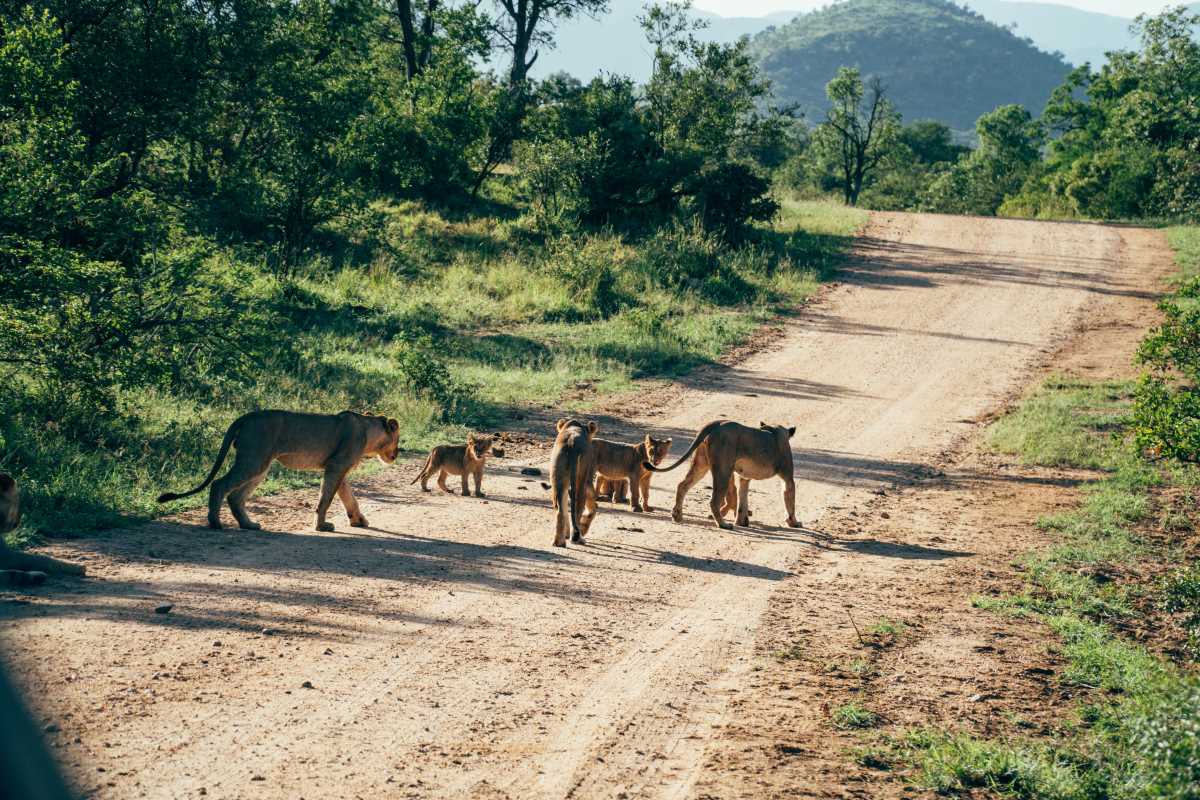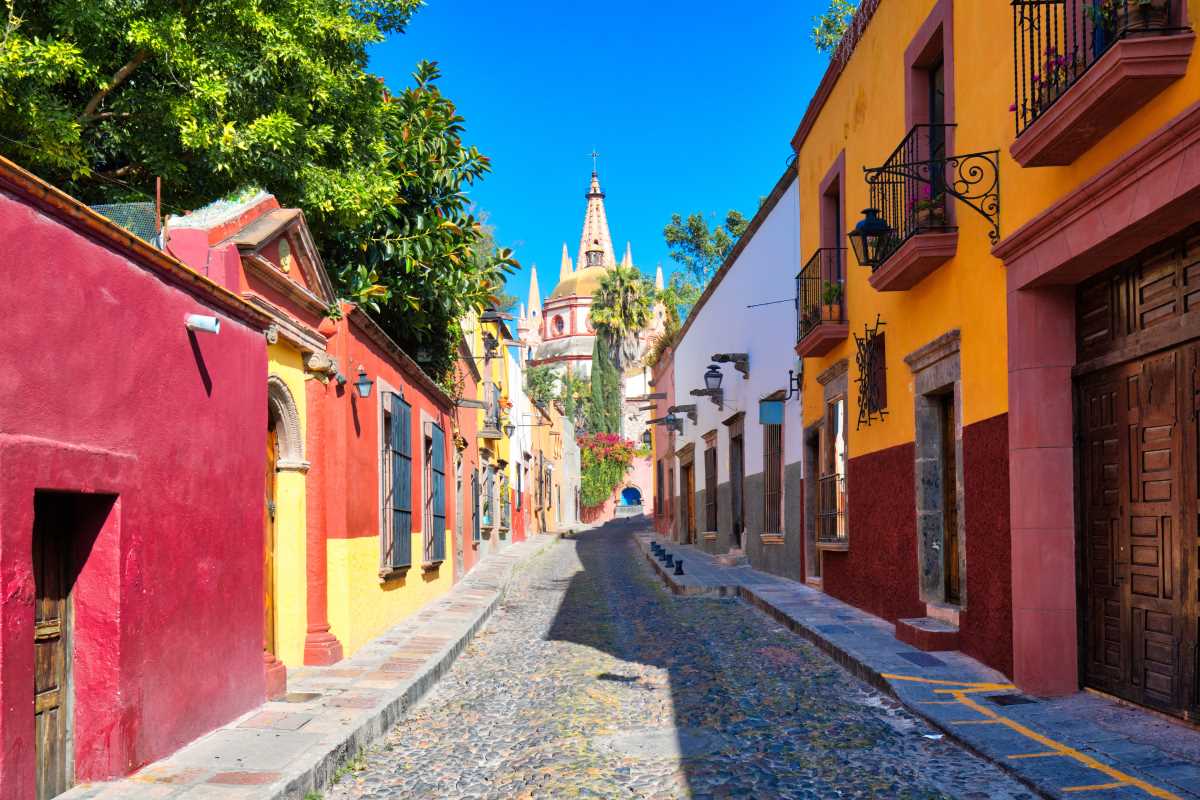Venturing into wildlife conservation programs that lie off the well-trodden path presents a rare chance to truly immerse yourself in nature while making a significant impact. By joining these adventures, you don't just observe wildlife in its untouched environment; you become an active participant in safeguarding these precious ecosystems. This immersive experience turns travel into a purposeful journey, encouraging you to break free from your usual routines. For those seeking meaningful getaways that blend adventure with altruism, these conservation opportunities offer the perfect blend of excitement and fulfillment.
Travelers who join these outings discover that every moment spent in the wild is a chance to learn, inspire, and give back. They create lasting memories while supporting crucial environmental causes and working alongside passionate individuals from various backgrounds. This type of travel infuses each day with excitement and meaning that traditional vacations often lack.
The Impact of Alternative Conservation Adventures
Diving into lesser-known conservation programs adds an extra layer of intrigue and excitement. These programs target those who crave an adventure that involves more than just sightseeing. Instead, you actively support wildlife protection and conservation efforts, making your trip both impactful and memorable. Young adventurers who value hands-on experiences appreciate these programs for the unique challenges and friendships they foster.
Participating in these conservation programs allows you to work directly with local communities and experts dedicated to preserving habitats. You quickly realize that being part of a significant initiative lifts your spirits and changes your outlook on environmental issues, turning every day into a learning opportunity that also shapes responsible future travelers.
Top Destinations for Wildlife Conservation Adventures
Several destinations around the world offer off-the-beaten-path wildlife conservation adventures that prove both exciting and rewarding. These regions not only feature diverse ecosystems but also provide ample opportunities to contribute directly to nature conservation. Whether it’s the dense tropical forests or expansive grasslands, each location offers surprising encounters with wildlife while engaging you in local conservation efforts.
Here are some standout spots that have gained popularity for their immersive wildlife activities:
- The Amazon Rainforest – Walk hand-in-hand with indigenous communities and volunteer across initiatives aimed at restoring natural habitats.
- Savannah Reserves in Africa – Participate in wildlife monitoring and habitat cleanup events while witnessing majestic animals roam freely.
- Southeast Asian Jungles – Engage in reforestation projects and wildlife protection initiatives that support endangered species.
- Australian Outback – Assist in programs that protect native flora and fauna while experiencing the rugged, dramatic landscapes.
How to Join a Wildlife Conservation Program
Taking the first step toward joining a wildlife conservation program is easier than most people think. You can quickly research and identify programs that match your interests, skill level, and travel goals. Once you narrow down your options, you can contact the organizers to learn about available roles and volunteer requirements.
Follow these steps to prepare yourself for a successful conservation trip:
- Research various programs and destinations to find one that matches your personal interests in wildlife and nature.
- Check program details such as duration, cost, and specific responsibilities to ensure they fit your schedule and skills.
- Reach out to past participants or use social media groups to gather firsthand insights about the program’s impact and challenges.
- Prepare necessary documents like travel visas, vaccination certificates, and any permits required by local authorities.
- Enroll in any pre-trip training sessions offered by the program to get practical tips and field experience before leaving.
What to Know Before You Go
A successful conservation trip requires a bit of preparation, from packing to understanding local customs. Being ready mentally and physically ensures you make the most of every opportunity the experience offers. Learning about the local wildlife, weather, and terrain can set the stage for an adventure that stays safe and meaningful.
Consider these essential tips as you get ready for your trip:
- Pack lightweight, breathable clothing, sturdy shoes, and weather-resistant gear to stay comfortable in different environments.
- Bring basic first-aid supplies along with any personal medications you may need during your stay in remote locations.
- Respect local traditions by learning a few phrases in the native language and understanding cultural norms before you arrive.
- Carry eco-friendly toiletries and reusable tools to minimize waste and support environmental best practices.
- Familiarize yourself with emergency procedures and locate nearby medical facilities as advised by the program coordinators.
Making the Most of Your Purposeful Escape
Treat every conservation trip as an opportunity to gain new skills and make a tangible difference—engage fully with project tasks, collaborate with locals and fellow volunteers, and stay open to learning sustainable practices that protect fragile ecosystems and enrich your perspective on global environmental issues.
Wildlife conservation programs let you discover new places and make a real difference for nature. Your travels become meaningful experiences that help protect the environment.
 (Image via
(Image via





